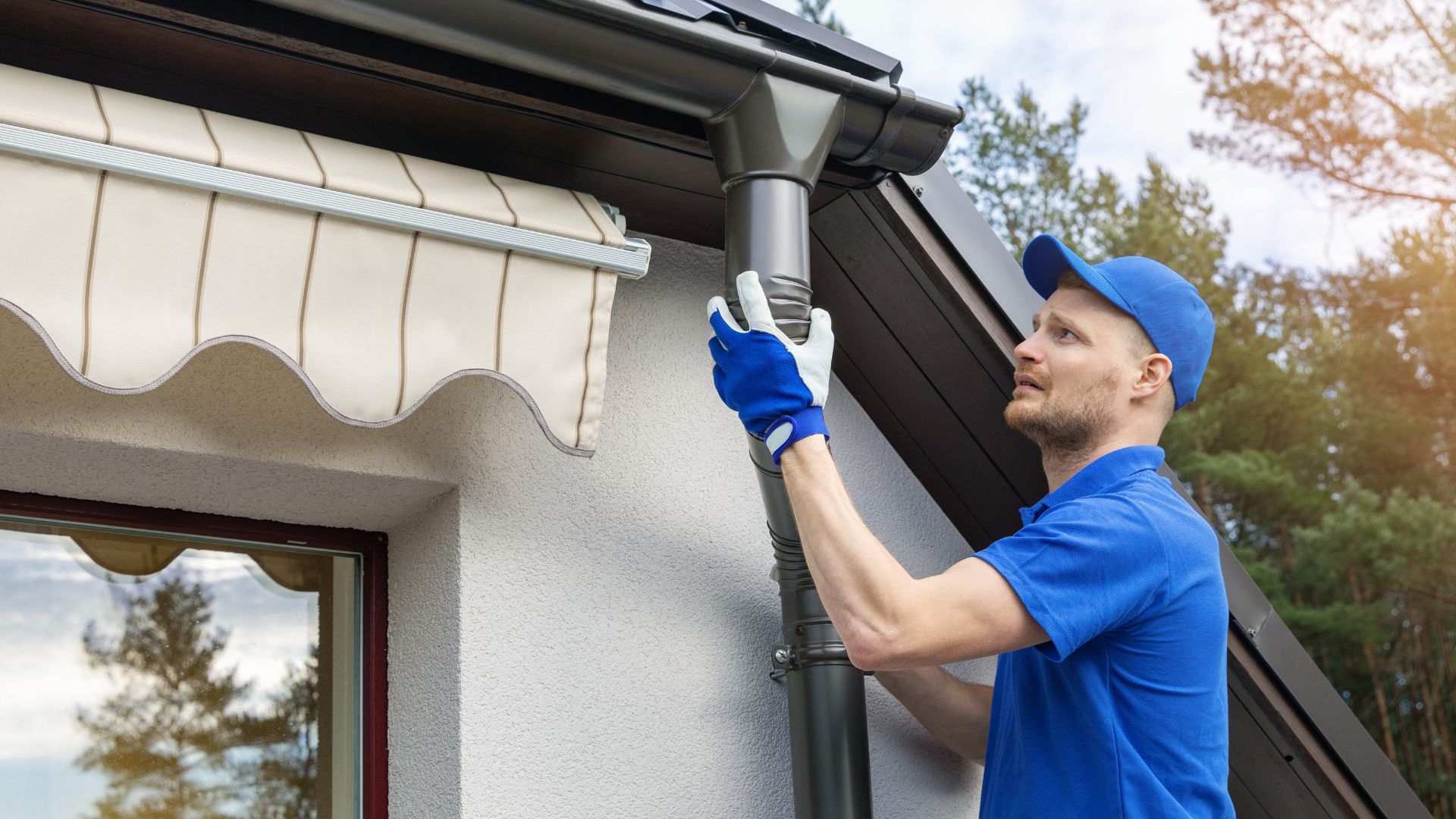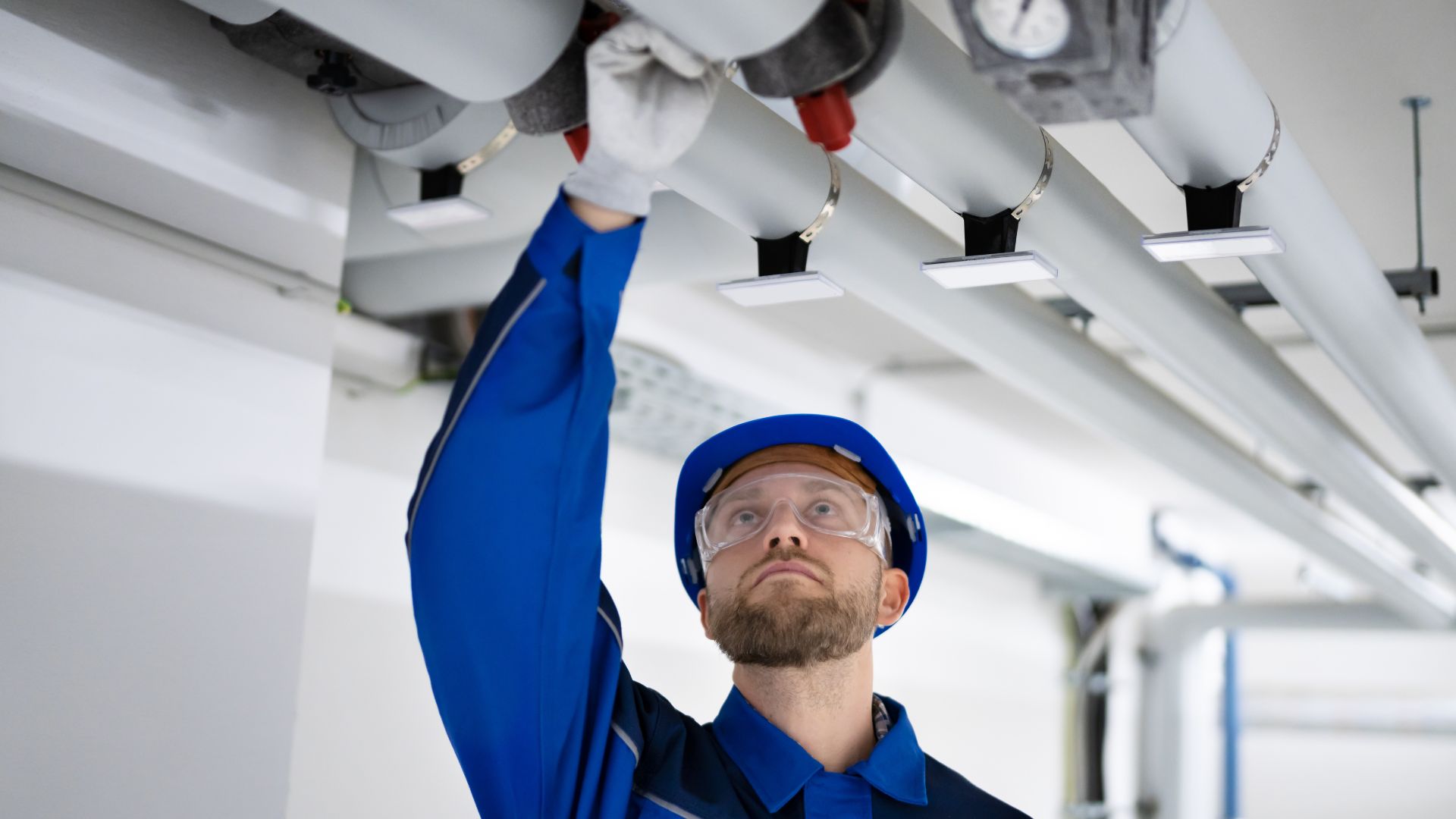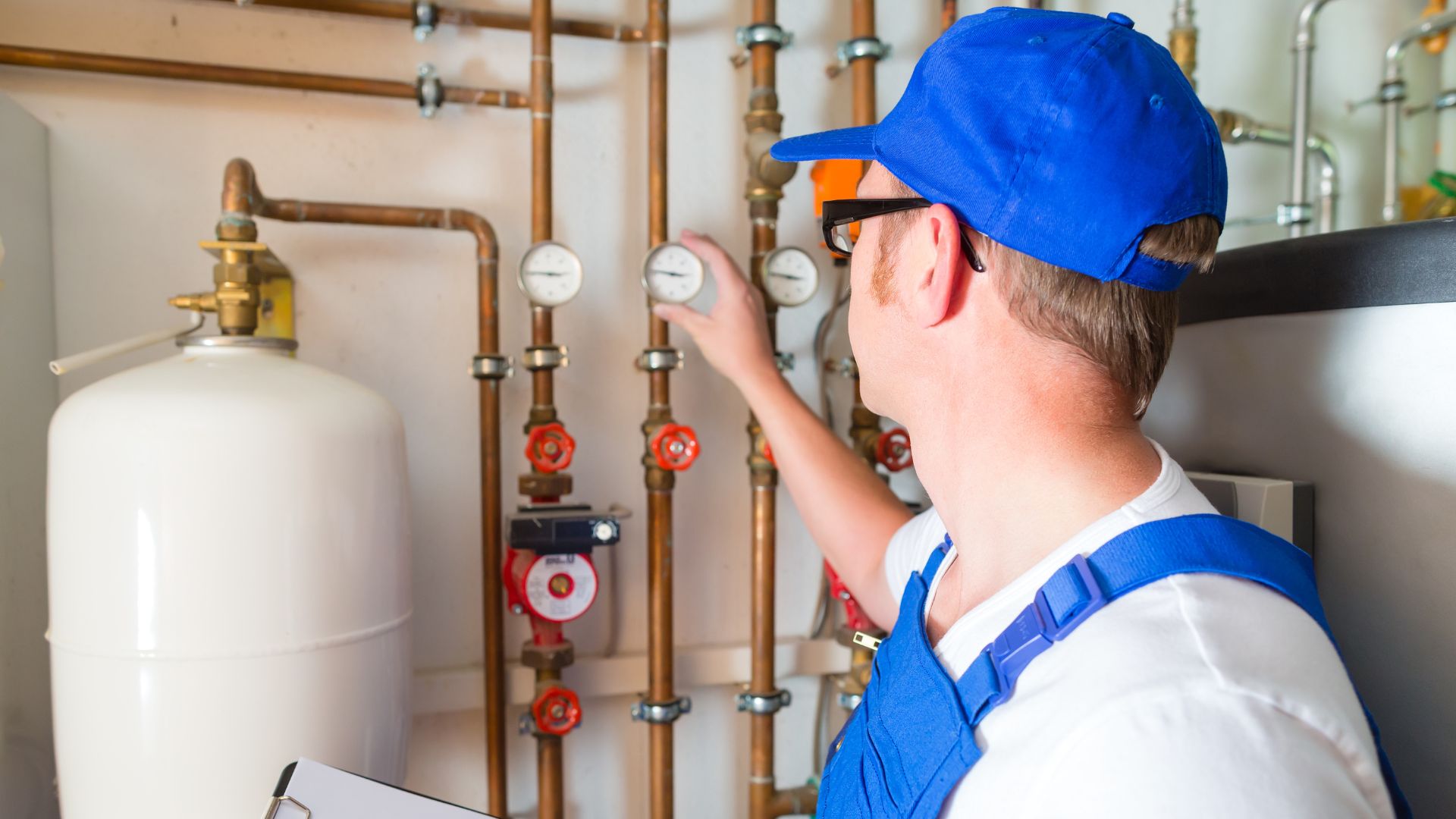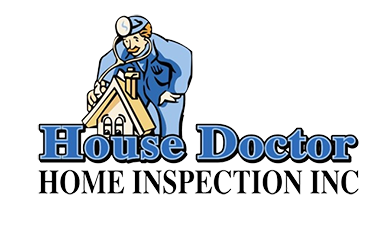The House Doctor Home Inspection Checklist is an essential guide for property owners to ensure their homes remain safe and well-maintained year-round. This checklist covers seasonal tasks to keep every part of the house-from the roof and attic to the basement and property perimeter-in optimal condition. Addressing issues like mold, termite activity, and air quality early prevents costly repairs and maintains the value of your property. The guide is especially valuable for homeowners who need to coordinate routine maintenance and inspections with professionals such as termite inspectors and home inspection experts.
Key Takeaways
-
The checklist provides seasonal maintenance tasks to protect and improve your property.
-
Regular inspection of critical systems, including roofing, plumbing, and HVAC, is crucial.
-
Monitoring for mold, termites, and other hazards ensures long-term structural integrity.
-
Detailed inspections support effective scheduling of repairs and professional consultations.
Spring Renewal Tasks From Your House Doctor Home Inspection Checklist

Spring is a time of renewal, and your home deserves a thorough check-up after winter stress. In this season, the focus is on evaluating exterior elements and preparing systems for warmer weather.
Evaluate Exterior Walls and Foundation for Cracks
Exterior walls and the foundation are vulnerable after weather changes. Check for visible cracks or shifting, which could signal structural issues or water intrusion. Early detection prevents costly repairs and ensures a safe living environment.
Check Gutters and Downspouts for Debris and Damage
Gutters should be cleared of leaves and debris that may have accumulated during winter storms. Ensure that downspouts are securely attached and channel water away from the property. Proper gutter function also reduces the risk of water damage to your roof and foundation.
Test Smoke and Carbon Monoxide Detectors
Safety is paramount, so test all detectors to confirm they are functioning correctly. Replace batteries as needed. Updated detectors can quickly alert you to emergencies, minimizing risk and ensuring household safety.
Inspect Roofing Shingles and Flashing Condition
Examine roofing shingles for missing or damaged pieces and check flashing around chimneys and vents for wear. Attention to these details prevents leaks, protects the attic, and extends the roof’s lifespan.
Prepare Air Conditioning Units for Warmer Weather
Before temperatures rise, service your air conditioning units. Clean filters, inspect electrical connections, and check refrigerant levels. This proactive step helps ensure efficient cooling and improved indoor air quality throughout the summer.
Summer Upkeep With the House Doctor Home Inspection Checklist

Summer maintenance focuses on outdoor living spaces and ensuring systems are working efficiently during peak usage times.
Examine Decks and Patios for Safety and Wear
Inspect decks and patios for loose boards, damaged railings, or rot. Repair any issues promptly to ensure these areas remain safe for entertaining and everyday use.
Verify Proper Operation of Sprinkler Systems
Test your sprinkler system to confirm it activates correctly and covers the intended areas. Efficient irrigation systems reduce water waste and support a healthy landscape, which complements your property’s overall upkeep.
Inspect for Pest Infestations Around the Property
High temperatures can attract pests. Regularly inspect your home’s exterior, landscaping, and foundation for signs of termites or rodents. Early detection allows for swift action and reduces damage.
Clean Windows and Screens for Optimal Airflow
Summer heat can deteriorate window seals and screens. Cleaning these surfaces not only brightens your home but also increases ventilation. This is crucial for maintaining indoor comfort and reducing the buildup of indoor allergens.
Assess Attic Ventilation and Insulation Levels
Check attic insulation and ventilation to prevent excessive heat buildup in the living space below. Well-maintained attic systems improve overall energy efficiency and reduce cooling costs during hot months.
Autumn Preparations Guided by the House Doctor Home Inspection Checklist

Autumn is the season for proactive winter preparation. Addressing maintenance tasks now can minimize issues when colder weather arrives.
Service Heating Systems Before Cooler Temperatures Arrive
Ensure your heating systems are operating correctly. Schedule routine servicing to prevent unexpected breakdowns during the winter months. Well-maintained systems improve energy efficiency and reliability.
Seal Gaps and Cracks in Windows and Doors
Inspect windows and doors for gaps that could let in cold air. Sealing these gaps not only reduces heating costs but also keeps out moisture and pests that could damage the structure.
Clear Yard of Leaves and Overgrown Vegetation
Remove fallen leaves and trim back overgrown bushes. This reduces fire hazards and prepares your landscape for winter, making it easier to maintain and less prone to pests and moisture accumulation.
Inspect Fireplaces and Chimneys for Safe Use
Have a professional inspect your fireplace and chimney to remove any blockages or creosote buildup. Safe use of your fireplace is critical for both comfort and health during the colder months.
Drain and Store Exterior Hoses and Faucets
Drain and store garden hoses to prevent freezing and damage. Disconnect and insulate outdoor faucets where necessary, protecting your plumbing from winter’s harsh conditions.
Winter Fortification Using Your House Doctor Home Inspection Checklist

Winter brings unique challenges that require vigilant inspection and fortification to protect your property from freezing and water damage.
Protect Pipes From Freezing Temperatures
Insulate exposed pipes and consider indoor rerouting or heat tape for vulnerable sections. Preventing pipe freezing helps avoid burst pipes and costly water damage.
Check Insulation in Basements and Crawl Spaces
Evaluate insulation levels in basements and crawl spaces. Adequate insulation keeps your home warmer during winter, reduces energy expenses, and protects stored items from moisture.
Monitor for Ice Dams and Heavy Snow Load on the Roof
Regularly inspect your roof for ice dam formation. Clearing snow and ice build-up prevents damage to roofing materials and minimizes the risk of water leakage during thaws.
Ensure Proper Functioning of Sump Pumps
Test sump pumps to ensure they operate correctly during heavy winter rains or melting snow. A functioning sump pump can prevent basement flooding and water damage.
Test Emergency Preparedness Supplies
Check that your emergency supplies, including flashlights, batteries, and non-perishable food, are ready for winter storms. Preparedness improves safety and ensures quick response to weather emergencies.
Year-Round Vigilance With the House Doctor Home Inspection Checklist

Maintaining your home is an ongoing process that requires attention no matter the season. Consistent inspection protects your investment.
Routinely Check Plumbing for Leaks or Drips
Periodic inspection of plumbing fixtures and pipes can detect leaks early. This vigilance prevents mold growth and water damage, saving you expensive repair costs.
Monitor Electrical Systems for Safety Hazards
Inspect your electrical panel, outlets, and wiring for any signs of wear or damage. Promptly addressing issues reduces potential fire hazards and maintains overall home safety.
Maintain Interior Air Quality Systems
Clean and replace filters in air conditioning and heating systems regularly. This ensures a continuous supply of clean air and reduces the likelihood of mold accumulation in the property.
Inspect Appliance Performance and Safety
Regularly evaluate the performance of major appliances. Timely maintenance improves energy efficiency and prolongs the lifespan of vital household systems.
Review Overall Structural Integrity Annually
Conduct an annual review of your property’s structure, including walls, foundation, and roofing. This comprehensive check helps identify minor issues before they develop into major problems.
Utilizing Your House Doctor Home Inspection Checklist Effectively

An effective inspection plan allows homeowners to tackle maintenance tasks methodically throughout the year, ensuring nothing gets overlooked.
Schedule Regular Walk-Throughs for Each Season
Plan seasonal walkthroughs to inspect your home. Scheduling these inspections helps catch issues early, ensuring minimal disruption and cost-effective repairs.
Keep Detailed Records of Maintenance Performed
Documenting maintenance activities creates a useful history of repairs and inspections. These records can be invaluable when planning future upgrades or if you decide to sell the property.
Prioritize Repairs Based on Urgency and Safety
Not all issues demand immediate action. Prioritize repairs that affect safety, such as structural or electrical concerns, to maintain a secure home environment.
Consult Professionals for Complex Maintenance Tasks
For tasks beyond your expertise, consult professional inspectors, electricians, or HVAC technicians. Professional insights ensure critical issues are addressed correctly and thoroughly.
Update Your Seasonal House Doctor Home Inspection Checklist as Needed
As your property ages or undergoes renovations, update your checklist accordingly. This ensures that your home maintenance practices remain effective and comprehensive over time.
Frequently Asked Questions
Q: How often should I perform a home inspection using this checklist?
A: It is recommended to perform a seasonal inspection at least four times per year to address changes and prevent potential issues before they escalate.
Q: Can this checklist help in detecting termite infestation?
A: Yes, routine inspections, especially around the foundation and exterior walls, can help identify early signs of termite activity.
Q: Is professional inspection necessary?
A: While homeowners can perform many tasks, professionals are better equipped to handle complex issues such as electrical or structural problems.
Final Thoughts
Regular use of the House Doctor Home Inspection Checklist empowers homeowners to maintain their property’s integrity throughout the year. By addressing seasonal tasks proactively-from evaluating roof conditions in spring to fortifying insulation in winter-you prevent long-term damage and ensure safety. Consistent maintenance not only preserves your investment but also enhances overall quality of life. Embracing this checklist as a routine part of home care is a smart, forward-thinking approach to property management.


Recent Comments